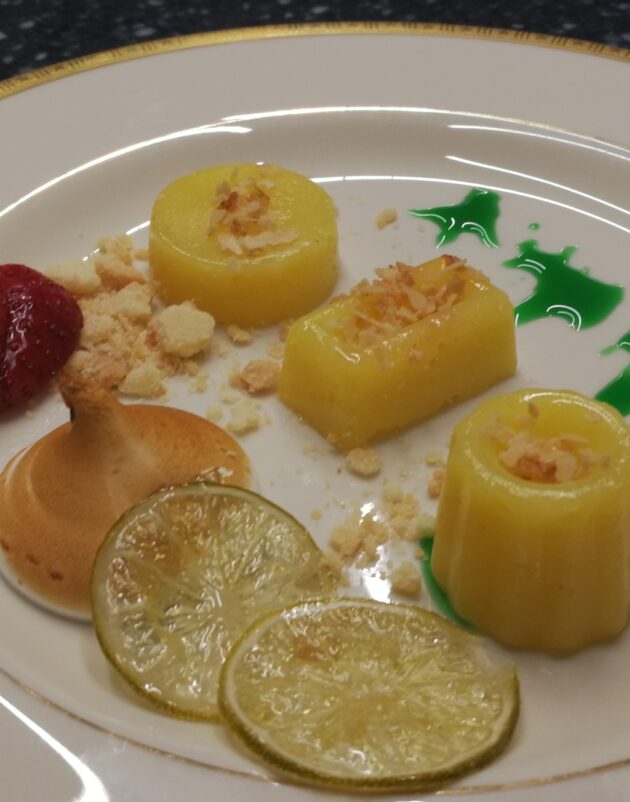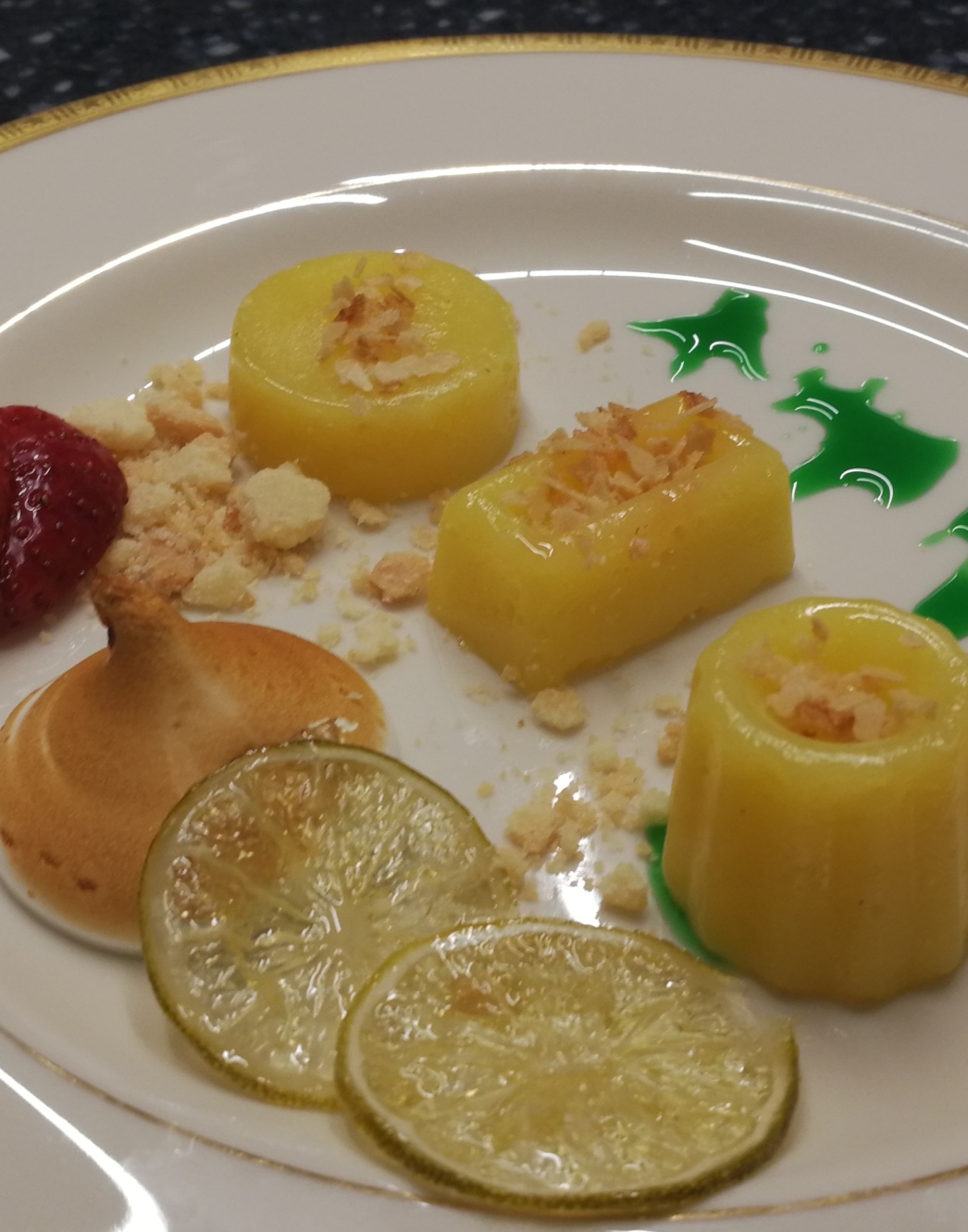Just like everything else food can’t escape the market forces of fashion and fads. Chefs and cooks are constantly badgered to serve up the next big delish and take us to where Captain Kirk took the Enterprise.
Nouvelle cuisine was the first modern International organized culinary fashion, the first high-end culinary movement that spread around the globe. During the seventies and early eighties, diners were introduced to the wonders and style of the continental kitchen even as far away as the antipodes. Classics such as rack of lamb, Chateaubriand, Escargot and the Italian Escalope of this and that became part of the high end public culinary discourse.
Through the late eighties and early nineties, a more rustic bent was applied to continental cuisines with more obscure Peasant dishes being elevated to fine dining and a more colourful freestyle presentation replacing the rigid methodology of Nouvelle cuisine. Rose Gray (RIP) and Ruthie Rogers of The River Cafe on the Thames in London and later their protégé Chef Jamie Oliver (the naked chef) became the “new cool” in cooking breaking with the rigid techniques of London City and Guild. Suddenly Chefs could put their own personalities and individual flare into their fare.
The Celeb Chef was born.
Fashion and business never cease to demand more and with ever quicker cycles. With “peasant” ideas quickly depleted the food critics and fashionendos pushed for new frontiers, the kitchens quickly complied competing with more way-out fads to shock the punters and came up with “Fusion” cooking in the early nineties, the mixing of ingredients from everywhere and anywhere (I call it confusion cooking). This didn’t last that long and was quickly put to bed by the molecular style and androgynous and mechanical style taking cooking into the digital and anal world.
Now let’s not be complacent, molecular cooking was quickly supplanted by futuristic Cryogenic cooking, the use of liquid nitrogen to transform and enhance the flavour’s of foods using chemical constructs and then, and then and then…. we arrived at Deconstruction.
John Goldwater Architect (my dad) taught Deconstruction in the 1980s at the Auckland School of Architecture to his Construction Students. He did this as a form of personal mourning, as every beautiful building he ever designed fell victim to the cancer of motorway off-ramps and property development. It took forty more years for this notion to seep into the Kitchens and the ink on restaurant menus. Deconstruction in essence is taking apart the sum of a finished portion and arranging it in bits and pieces on the plate. It can be aesthetically interesting, just as tasty but nothing really new.
Culinary Cooking of course is destined to eventually disappear, to be replaced by the printing of foods that will eventually be served up by robots. So enjoy it while it lasts.
If you go back in my columns you will find an article with the recipe for the Lemon Meringue Tart. The recipe contains the ingredients and methods to make all three parts that make up this dessert. These can be served up in a traditional fashion (combined) or they can be deconstructed and produced and placed separately but together in an attractive and interesting fashion on the plate.

Candied Limes or lemons are the only new addition to this portion, a tasty, quick and easy garnish to embellish the ensemble. To create the interesting shapes of the lemon cream you will need silicone forms and to caramelize the Italian Meringue you will need a Brenner.
Candied Limes:
Ingredients
- Fresh limes x 2
- Sugar x 250 grams
- Water x 250 ml
- Very sharp knife
Method
Add sugar and water to a small saucepan or smaller frypan, on a medium heat bring to a boil and reduce to a simmer. When all the sugar has dissolved take a very sharp knife cut rings 2-3 millimetres thick and place in the simmering sugar syrup for 15-20 minutes.
You will probably have to do it two or three times as the slices shouldn’t overlap when cooking in the sugar water. Put baking paper on a tray and place the candied limes on the paper. Leave to dry for 6-8 hours. You can place in a 40-degree oven for about 2 hours.
Tasty, attractive Garnishes for a variety of desserts.
If you enjoyed this recipe why not share it with your friends via social media or e-mail? If you want a copy of your own select the print option at the top of the page.

